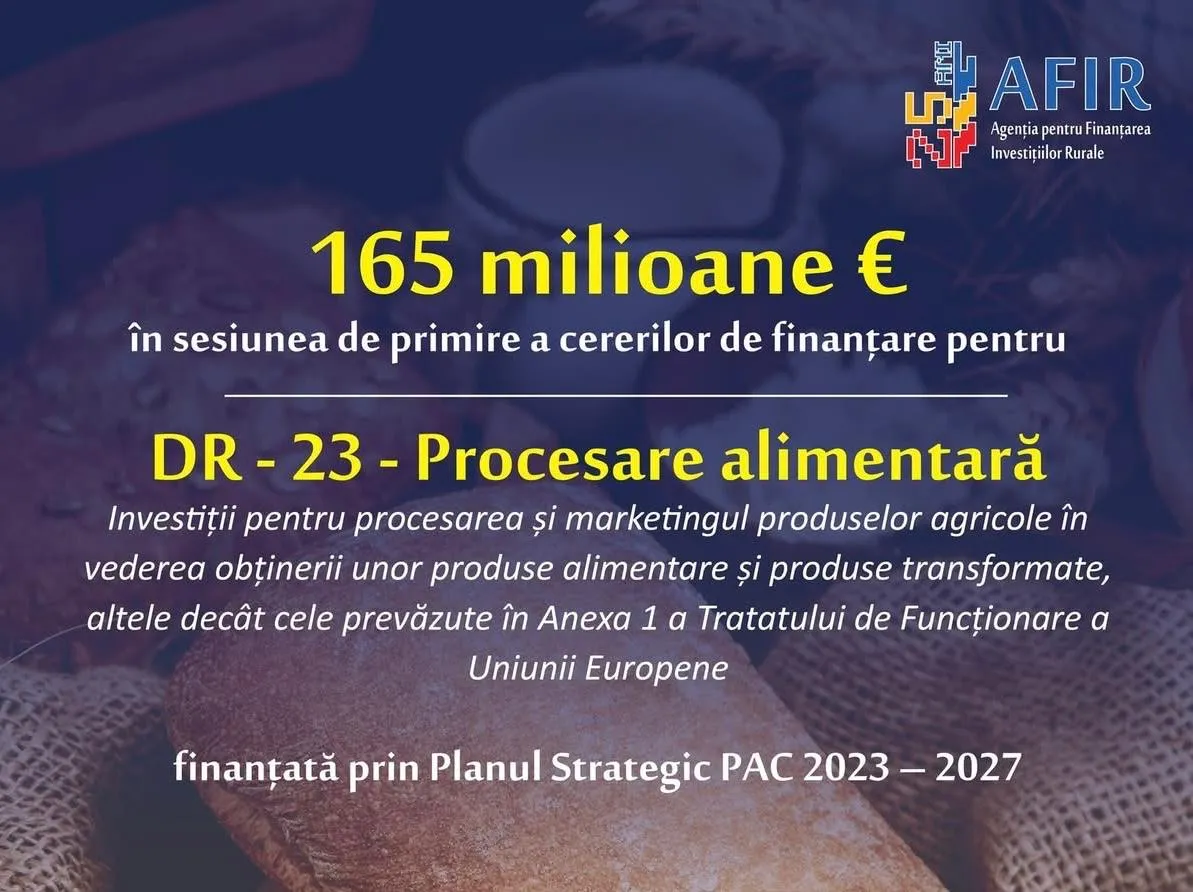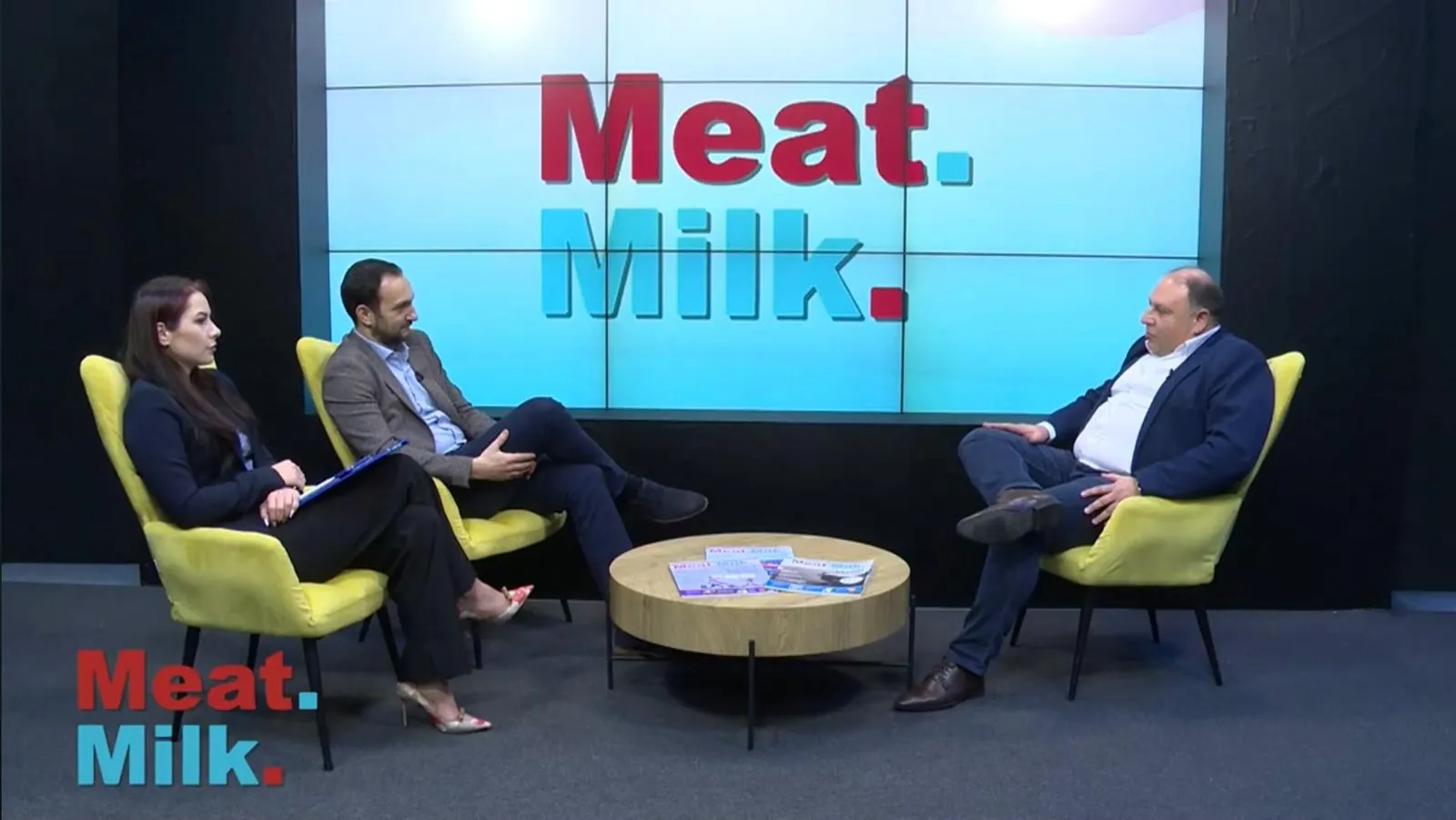1242

According to the December 2023 livestock survey, the number of sheep and goats in the EU decreased by 1.9 million head (-2.6%), similar to last year.
The largest decrease was recorded in Spain (ES) (-1 million head or -6.1%), while other EU countries saw smaller changes. Since 2019, the EU stock has decreased by approximately 6 million head.
Additionally, the number of ewes put to the ram decreased by 1.4 million head or -3%. Despite favorable prices, the reduction in stock is still ongoing.
In 2023, the production of sheep and goat meat decreased by 5% (-30,000 tons), and 2024 is expected to see a similar decline (-4.9%). The largest reductions were recorded in Spain (ES) (-14,600 tons), France (FR) (-6,800 tons), and Greece (EL) (-5,000 tons).
EU per capita consumption of sheep meat decreased by 3.3% in 2023. In 2024, consumption will suffer again due to low availability and pressures from higher prices. Therefore, EU per capita consumption could decrease further by 3.5% in 2024, despite its specific positioning within consumer baskets (religious, cultural festivities).
While EU exports of sheep meat to the United Kingdom remained relatively stable in 2023, shipments to the Middle East, e.g., Oman and Qatar, declined. These developments led to an overall decrease in exports of nearly 13% in 2023.
This is mainly due to relatively low availability and high prices in the EU, making the EU less competitive, with more production remaining in the domestic market. As this situation is not expected to change in the short term, EU meat exports are maintained at the current low level and are expected to decline further by 2%.
EU exports of live animals increased by 5% in 2023, despite high domestic prices. The revival of exports to Libya and Morocco largely offset the declines to Jordan and Israel. Live animal exports will increase slightly by 2% in 2024, approaching pre-COVID levels, if Libyan and Moroccan demand remains firm.
EU imports of sheep meat increased by 2.2% in 2023, coming from the United Kingdom and New Zealand. If the global supply and Asian demand remain tight as last year, EU imports could increase by another 2.5%, thanks to attractive prices.
Uncertainties in the Red Sea, Black Sea, and Middle East could continue to add concerns for sheep trade flows, according to a report published by DGAgri. (Photo: Dreamstime)





